Preface
Contents
Figures
Tables
Introduction
Introduction
Optimization: Core Principles and Technical Terms
Brief History of CI-Based Optimization Algorithms
Classi fi cation of CI-Based Optimization Algorithms
No Free Lunch Theorem: The Reason Behind New Algorithms
Conclusion
References
Cat Swarm Optimization (CSO)
Introduction
Natural Process of the Cat Swarm Optimization Algorithm
Seeking Mode (Resting)
Tracing Mode (Movement)
Termination Criteria
Performance of the CSO Algorithm
Pseudo Code of the CSO Algorithm
Conclusion
References
League Championship (LCA)
Introduction
Review of LCA and Its Terminology
League Championship Algorithm
Generating League Schedule
Determining the Winner or Loser
Setting Up a New Team Formation
Pseudo Code of LCA
Conclusions
References
Anarchic Society Optimization (ASO)
Introduction
Formulation
Algorithm Procedure
Movement Policy Based on Current Positions
Movement Policy Based on Positions of Other Members
Movement Policy Based on Previous Positions
Combination of Movement Policies
Pseudo Code of the ASO
Conclusion
References
Cuckoo Optimization (COA)
Introduction
Cuckoo Life Style
Details of COA
Cuckoos’ Initial Residence Locations
Cuckoos’ Egg Laying Approach
Cuckoos Immigration
Demising Cuckoos Laid in Inappropriate Positions
Pseudo Code for COA
Capabilities of COA
Conclusion
References
Teaching-Learning-based Optimization (TLBO)
Introduction
Mapping a Classroom into the Teaching-Learning-Based Optimization Algorithm
Teacher Phase
Learner Phase
Pseudo Code of the TLBO Algorithm
Conclusion
References
Flower Pollination (FPA)
Introduction
Flower Pollination Process
Flower Pollination Algorithm
User-De fi ned Parameters of the FPA
Pseudo Code of FPA
Conclusion
References
Krill Herd (KHA)
Introduction
Krill Swarms’ Herding Pattern
Motion Induced by the Krill Herd
Foraging Motion
Physical Diffusion
Motion Process of the KHA
Pseudo Code of KHA
Conclusion
References
Grey Wolf Optimization (GWO)
Introduction
Natural Process of the GWO Algorithm
Mathematical Model of the GWO Algorithm
Social Hierarchy
Encircling the Prey
Attacking the Prey
Searching for the Prey (Exploration)
Optimization Process in GWO Algorithm
Pseudocode of GWO
Conclusions
References
Shark Smell Optimization (SSO)
Introduction
Underlying Idea of SSO
Formulation of the SSO Algorithm
Initialization of SSO: Finding Initial Odor Particles
Shark Movement Toward the Prey
Pseudo-Code of SSO
Conclusion
References
Ant Lion Optimizer (ALO)
Introduction
Mapping Antlions Hunting Mechanism into the ALO
Initialization of Positions of Ants and Antlions and Evaluation of Their Fitness Functions
Digging Trap
Sliding Ants Toward Antlion
Entrapping Ants Inside Pits
Random Walk of Ants
Elitism
Catching Prey and Reconstruct the Trap
Termination Criteria
User-De fi ned Parameters of the ALO Algorithm
Pseudo-Code of the ALO Algorithm
Conclusion
References
Gradient Evolution (GE)
Introduction
Underlying Idea of the GE Algorithm
Gradient
Gradient-Based Algorithm
Mathematical Formulation of the GE Algorithm
Solution Representation and Algorithm Initialization
Vector Updating
Vector Jumping
Vector Refreshing
Pseudo-Code of GE
Conclusion
References
Moth-Flame Optimization (MFO)
Introduction
Mapping the Navigation Method of Moths into Moth-Flame Optimization
Creating the Initial Population of Moths
Updating the Moths’ Positions
Updating the Number of Flames
Termination Criteria
Performance of the MFO
Pseudocode of the MFO
Conclusion
References
Crow Search (CSA)
Introduction
Crow Flock’s Food Gathering Imitation
CSA Implementation for Optimization
Pseudo Code of the CSA
Conclusion
References
Dragonfly (DA)
Introduction
Dragonflies’ Swarming Patterns
Optimization Procedure of the DA
Pseudo-Code of the DA
Conclusion
References
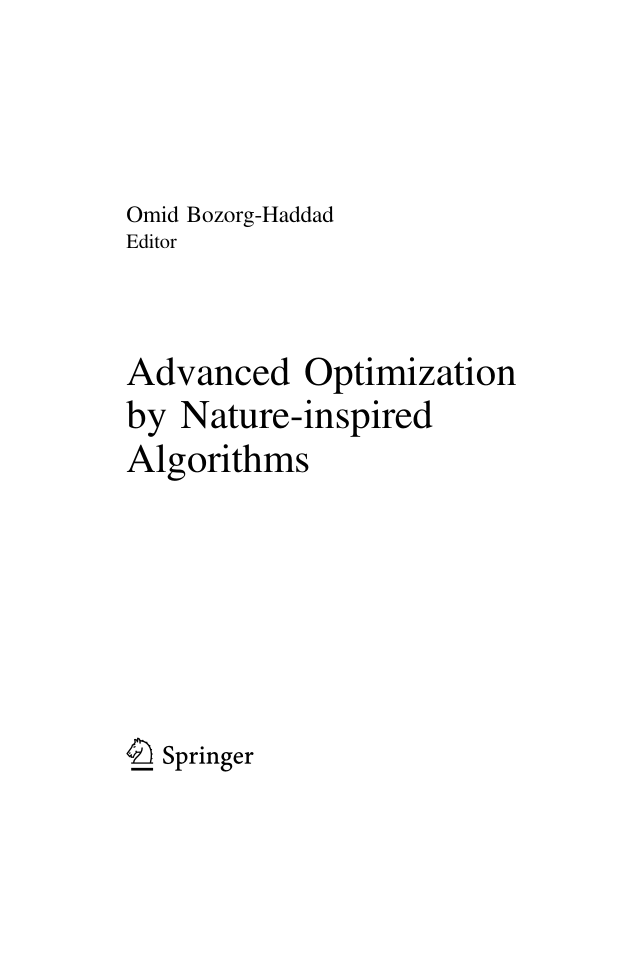
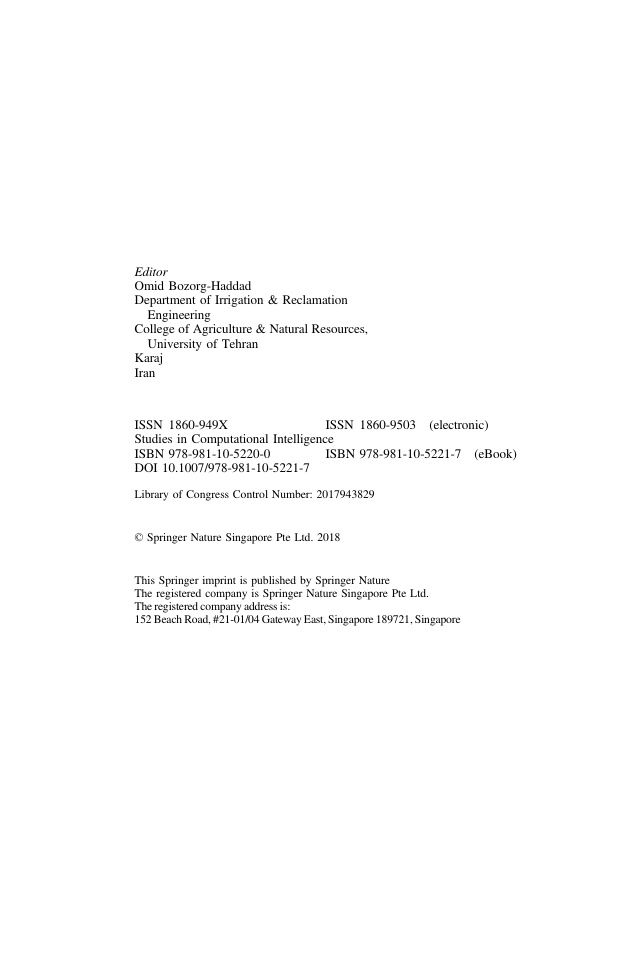
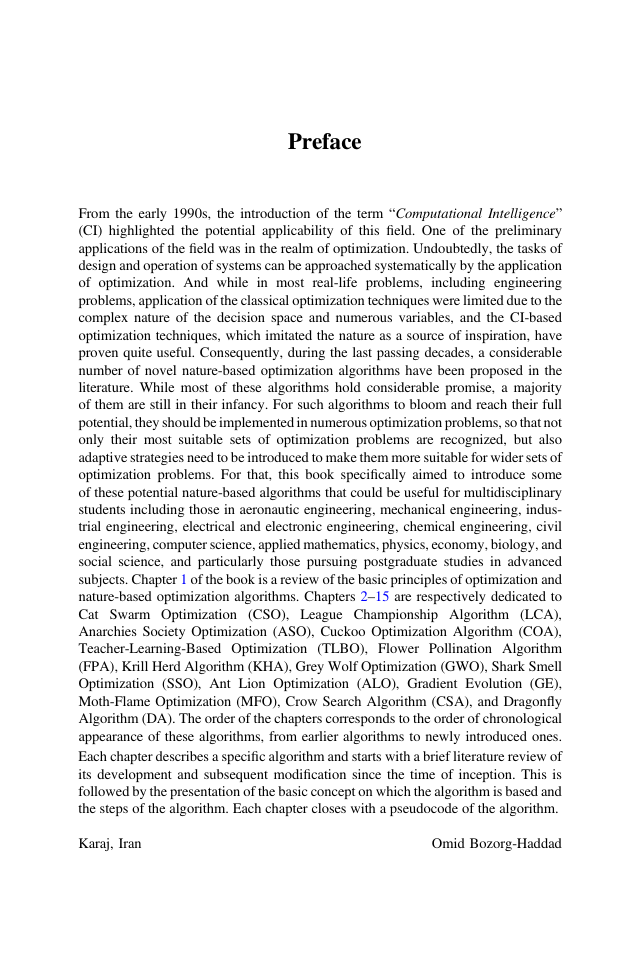

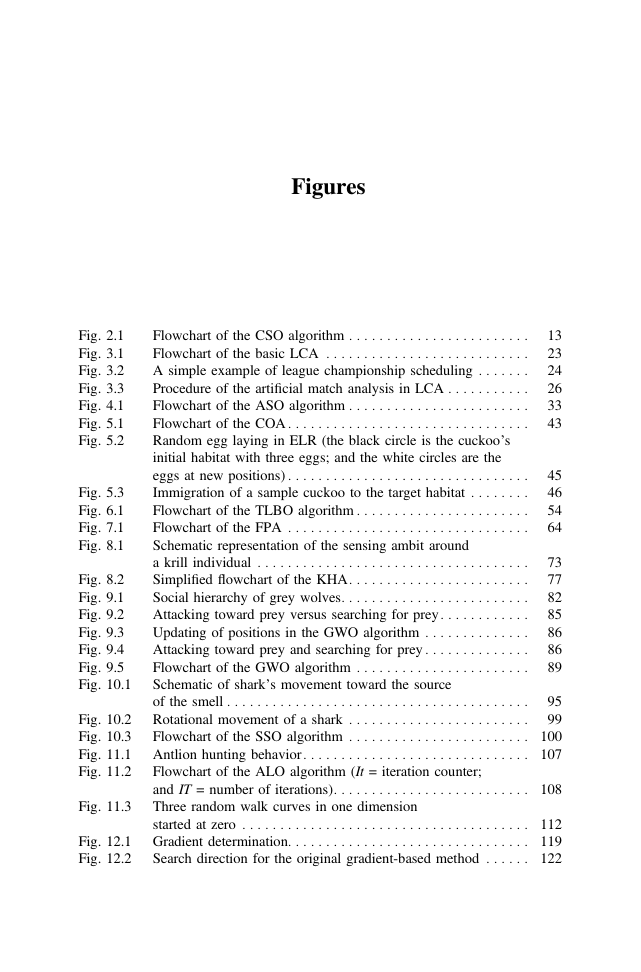
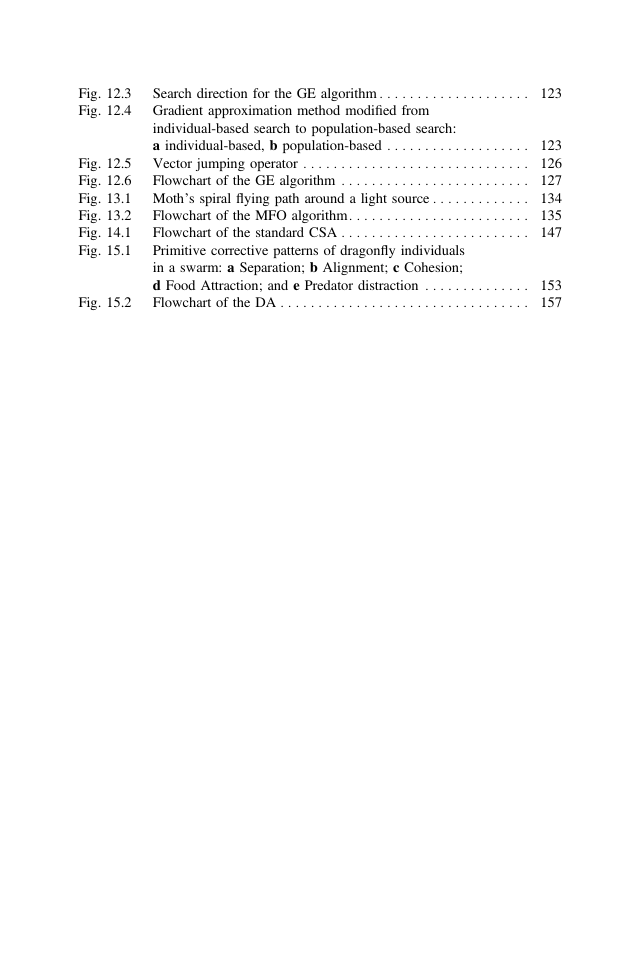
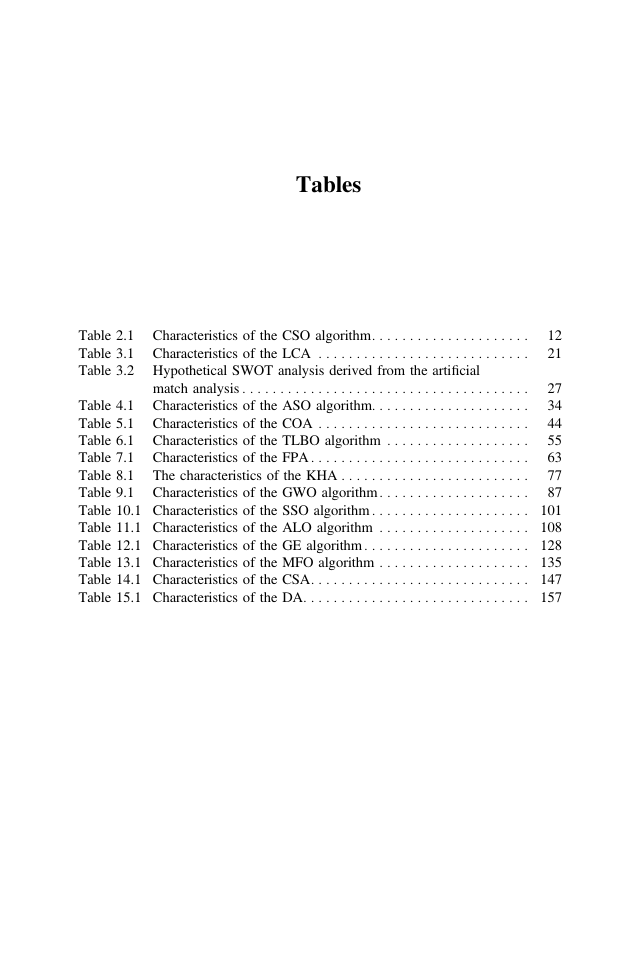
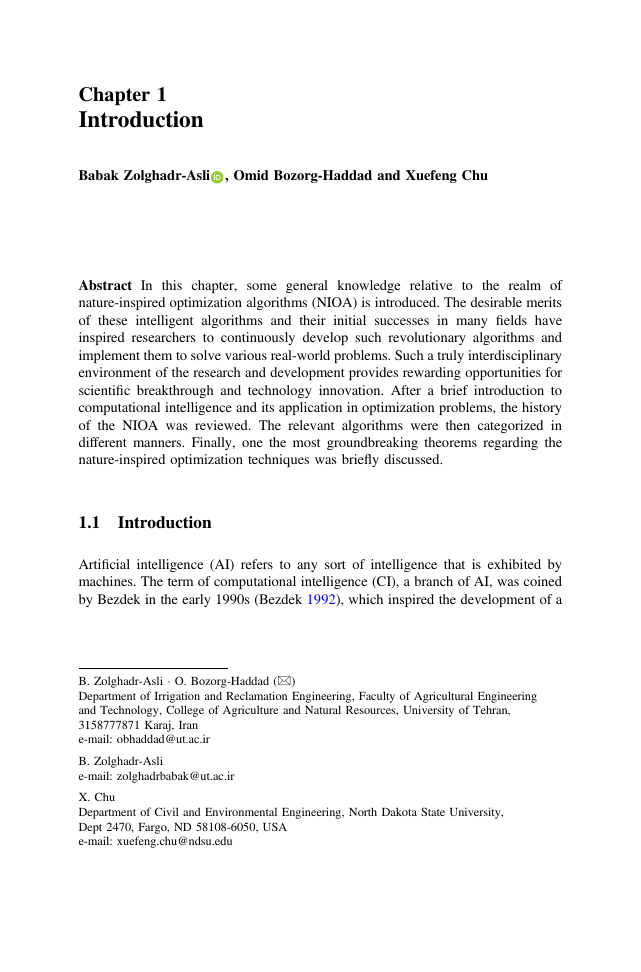








 2023年江西萍乡中考道德与法治真题及答案.doc
2023年江西萍乡中考道德与法治真题及答案.doc 2012年重庆南川中考生物真题及答案.doc
2012年重庆南川中考生物真题及答案.doc 2013年江西师范大学地理学综合及文艺理论基础考研真题.doc
2013年江西师范大学地理学综合及文艺理论基础考研真题.doc 2020年四川甘孜小升初语文真题及答案I卷.doc
2020年四川甘孜小升初语文真题及答案I卷.doc 2020年注册岩土工程师专业基础考试真题及答案.doc
2020年注册岩土工程师专业基础考试真题及答案.doc 2023-2024学年福建省厦门市九年级上学期数学月考试题及答案.doc
2023-2024学年福建省厦门市九年级上学期数学月考试题及答案.doc 2021-2022学年辽宁省沈阳市大东区九年级上学期语文期末试题及答案.doc
2021-2022学年辽宁省沈阳市大东区九年级上学期语文期末试题及答案.doc 2022-2023学年北京东城区初三第一学期物理期末试卷及答案.doc
2022-2023学年北京东城区初三第一学期物理期末试卷及答案.doc 2018上半年江西教师资格初中地理学科知识与教学能力真题及答案.doc
2018上半年江西教师资格初中地理学科知识与教学能力真题及答案.doc 2012年河北国家公务员申论考试真题及答案-省级.doc
2012年河北国家公务员申论考试真题及答案-省级.doc 2020-2021学年江苏省扬州市江都区邵樊片九年级上学期数学第一次质量检测试题及答案.doc
2020-2021学年江苏省扬州市江都区邵樊片九年级上学期数学第一次质量检测试题及答案.doc 2022下半年黑龙江教师资格证中学综合素质真题及答案.doc
2022下半年黑龙江教师资格证中学综合素质真题及答案.doc